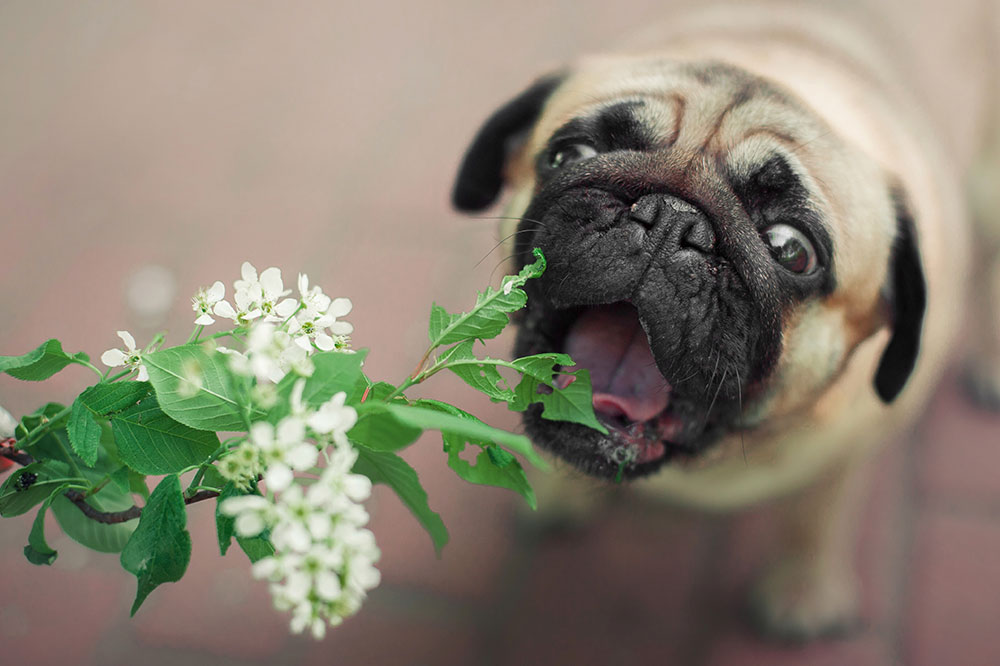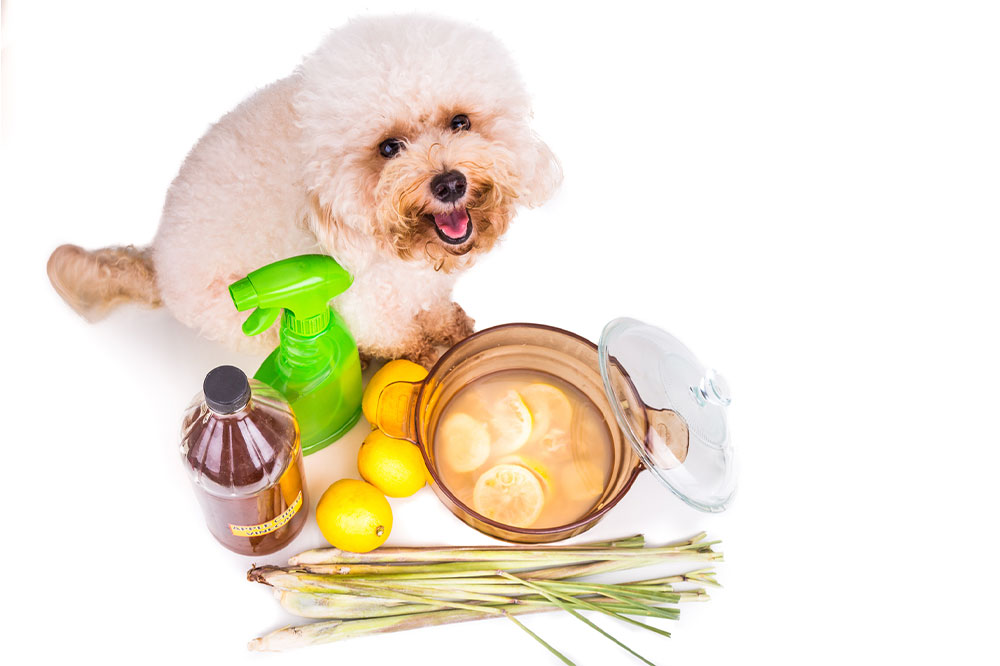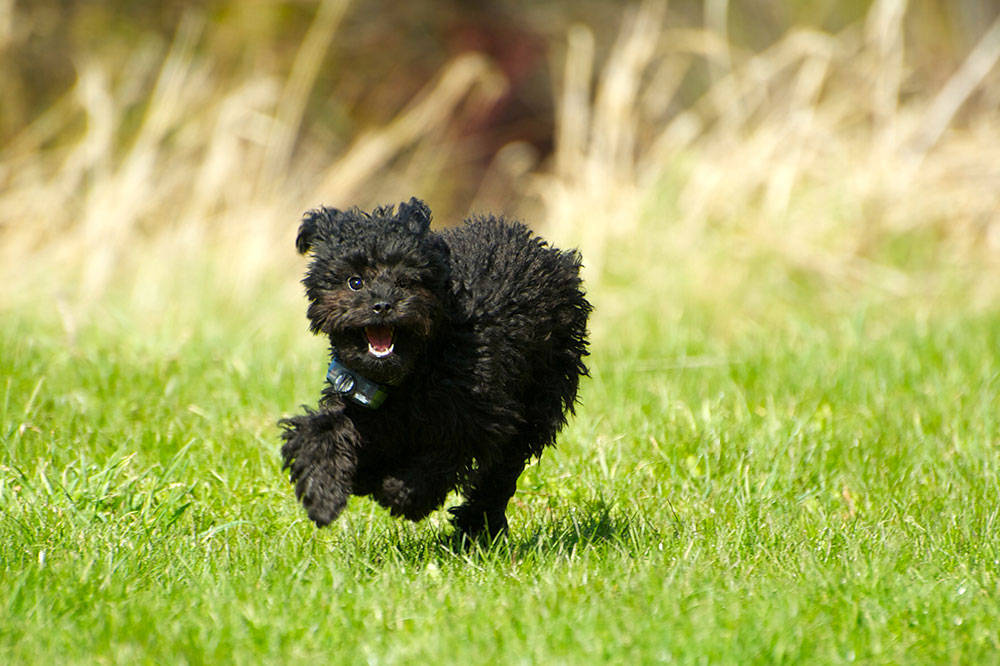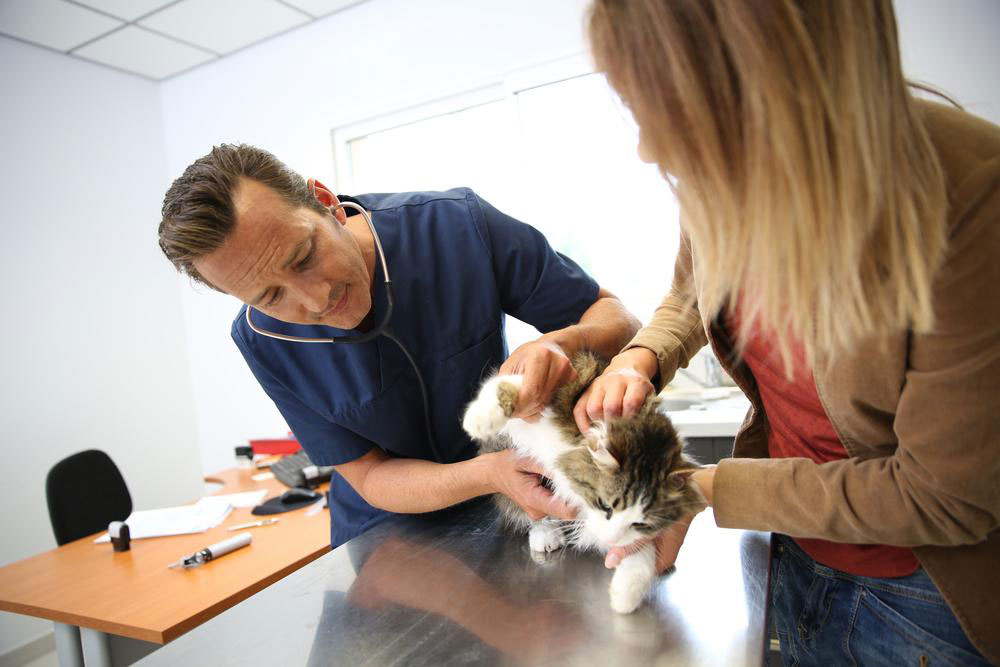Essential Guide to Toxic Plants That Endanger Cats and How to Protect Your Feline Friends
This comprehensive guide highlights common toxic plants that pose health risks to cats, including symptoms and preventative tips. Pet owners can learn to identify dangerous plants like Peace Lilies, Sago Palms, and Oleander, ensuring a safer environment for their feline friends. Understanding plant toxicity is essential for preventing poisoning incidents and safeguarding pets' health and well-being. The article provides practical advice on plant safety, symptom recognition, and immediate actions to take if poisoning is suspected, promoting responsible pet ownership and health education.
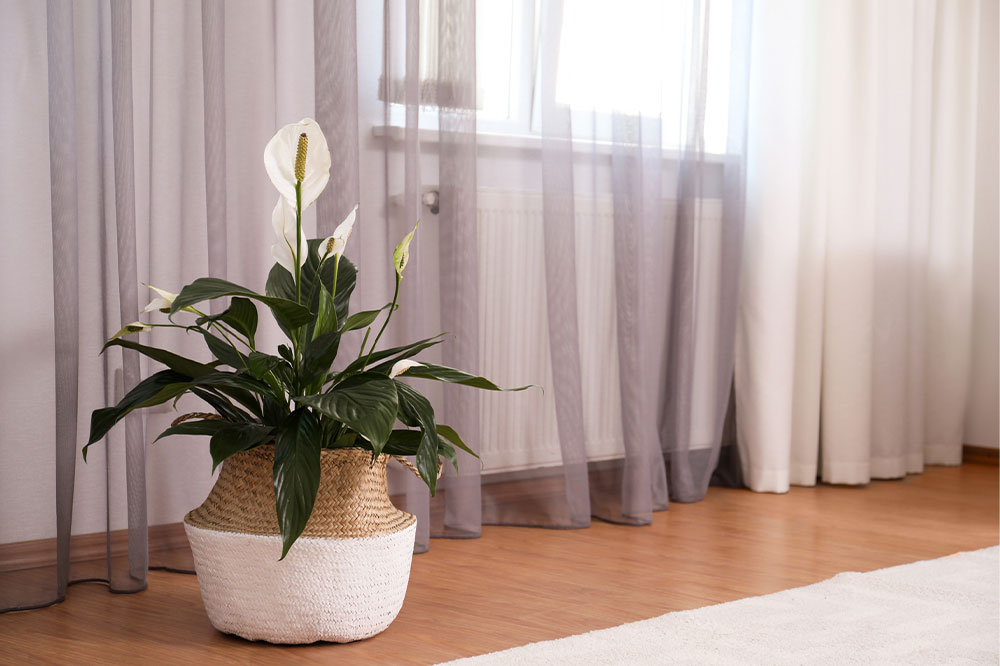
Essential Guide to Toxic Plants That Endanger Cats and How to Protect Your Feline Friends
Cats are renowned for their intelligence, independence, and keen sense of caution. Their unpredictable nature often makes them fascinating pets, but their curious behavior and grooming habits can put them at risk of poisoning from certain plants found in homes and gardens. Many common household and outdoor plants contain toxic substances that can adversely affect feline health if ingested or even if residues stick to their fur and paws, which they then lick off. Understanding which plants pose a threat is vital for pet owners committed to safeguarding their beloved cats. This comprehensive guide details some of the most common toxic plants that can pose serious health risks to cats, along with symptoms of poisoning and recommended precautions to prevent accidental ingestion.
By familiarizing yourself with these plants, you create a safer environment for your pets, reducing the chances of emergency visits and long-term health complications. Whether you're a seasoned pet owner or new to cat care, knowing which plants to avoid is an essential aspect of responsible pet parenting.
Popular Household and Garden Plants That Are Toxic to Cats
Peace Lily (Spathiphyllum)
The Peace Lily is a popular decorative plant appreciated for its elegant white flowers and lush green foliage. Despite its beauty, all parts of the Peace Lily—leaves, roots, flowers, and pollen—contain insoluble calcium oxalates, which are highly toxic to cats. When cats ingest any part of this plant, they risk developing severe health issues, most notably kidney damage, which can be life-threatening if left untreated. The plant’s toxins can cause intense irritation of the mouth and gastrointestinal tract, leading to symptoms such as vomiting, mouth and tongue irritation, excessive drooling, and difficulty swallowing. In some cases, cats may experience respiratory issues due to swelling or inhalation of pollen.
Sago Palm (Cycas revoluta)
The Sago Palm, although often used as an ornamental plant in patios and yards, is extremely toxic for cats. Its seeds (also called nuts) are the most dangerous part, containing cycasin—a potent toxin that can cause irreversible liver damage. Ingestion of even a small amount of Sago Palm can lead to a range of symptoms, starting with vomiting, diarrhea, and abdominal pain. As toxicity progresses, pet owners may observe black, tar-like stools, bruising, bleeding, excessive thirst, lethargy, and in severe cases, coma or death. Immediate veterinary attention is essential if poisoning is suspected, as delays can be fatal.
Eucalyptus (Myrtaceae)
Eucalyptus trees and plants are popular for their aromatic leaves and medicinal uses, but they pose a risk to cats. When cats chew on eucalyptus leaves or ingest plant residues, they may experience symptoms such as drooling, vomiting, loss of appetite, and diarrhea. Usually, the toxicity is mild and resolves within 24 hours, but high doses or prolonged exposure can cause more serious complications, including weakness, tremors, or depression. Eucalyptus oils used in diffusers or topical applications can also be toxic, making it crucial to keep the plant and any eucalyptus products out of reach of your feline pets.
Common Toxic Plants for Cats and Their Symptoms
Dieffenbachia (Dumb Cane or Tropic Snow)
Dieffenbachia is a common houseplant prized for its lush, variegated leaves. However, it contains calcium oxalate crystals that, when ingested, lead to immediate irritation of the mouth, tongue, and throat. Cats may experience burning sensations, severe drooling, vomiting, difficulty swallowing, and swelling in the mouth and upper airway. In some cases, ingestion can cause airway obstruction, requiring urgent veterinary care. Always keep this plant out of reach to prevent accidental ingestion.
Kalanchoe
This succulent, often cultivated as an attractive, low-maintenance houseplant, contains bufadienolides—compounds known for their cardiotoxic effects. If cats chew or swallow parts of Kalanchoe, they might develop gastrointestinal symptoms such as vomiting and diarrhea, as well as serious heart rhythm disturbances. Seizures are also possible in severe cases. Due to the plant’s widespread popularity, pet owners must exercise caution and ensure it is kept in areas inaccessible to curious felines.
Oleander
Oleander is an outdoor shrub widely used for hedges and decorative purposes in warm climates. It contains potent cardiac glycosides that directly affect the heart muscle. Ingesting oleander can lead to symptoms such as drooling, vomiting, diarrhea, irregular heartbeat, seizures, and even sudden death. Outside gardens, oleander is particularly dangerous because cats might nibble on its leaves or branches. Preventing access is crucial, and immediate veterinary intervention is necessary if ingestion is suspected.
Jade Plant (Crassula)
The Jade Plant, also called the money or dollar plant, has become a popular indoor succulent due to its minimal care requirements and attractive appearance. However, it is toxic to cats; ingestion can lead to symptoms such as vomiting, lethargy, depression, and lack of coordination. Although not typically fatal, ingestion should prompt prompt veterinary advice to manage symptoms and prevent further exposure. Keep jade plants out of reach of pets to maintain a safe environment.
Preventive Measures and Safety Tips
Identify and remove or relocate toxic plants from your home and garden.
Use barriers or plant covers to restrict access to plants if necessary.
Educate yourself about common household plants and their potential toxicity.
Supervise your cats when they are outdoors or around houseplants.
Consult with your veterinarian about safe plants that can be kept in your home.
If you suspect your cat has ingested a toxic plant, seek immediate veterinary help. Do not attempt home remedies, as some substances can worsen the situation.
Conclusion
Having a pet cat comes with many joys, but also responsibilities, especially regarding their safety. Recognizing which plants are toxic is crucial for preventing accidental poisoning and ensuring your furry friend remains healthy and happy. Keep plants like Peace Lilies, Sago Palms, Eucalyptus, Dieffenbachia, Kalanchoe, Oleander, and Jade Plants out of your cat's reach, and regularly educate yourself about plant hazards. Through proactive safety measures, you can create a safe environment where your feline companions can enjoy a healthy, stress-free life.

